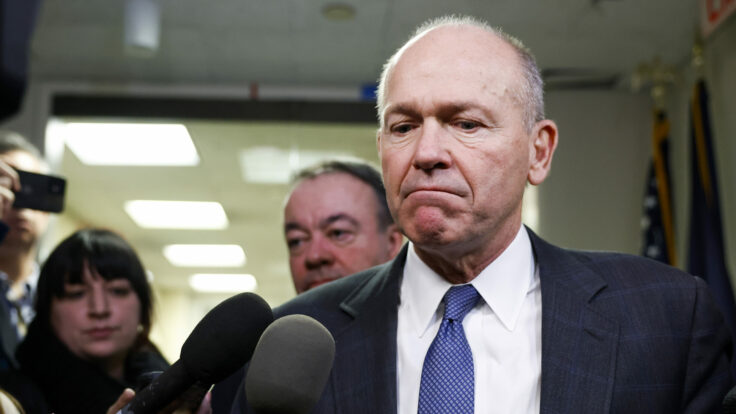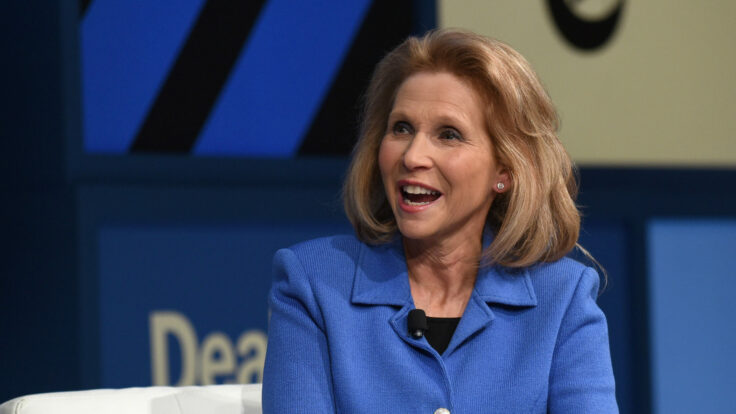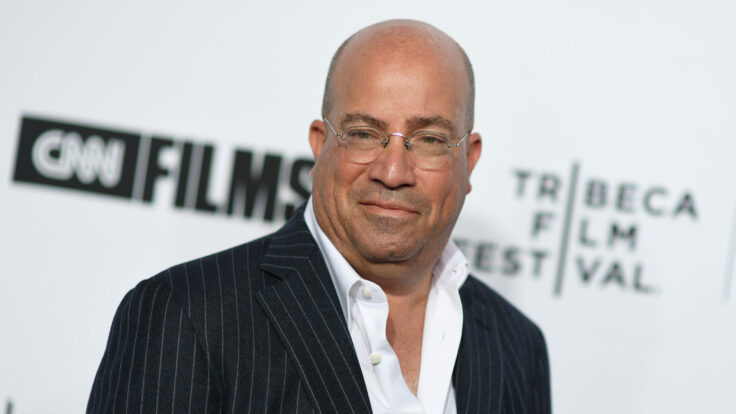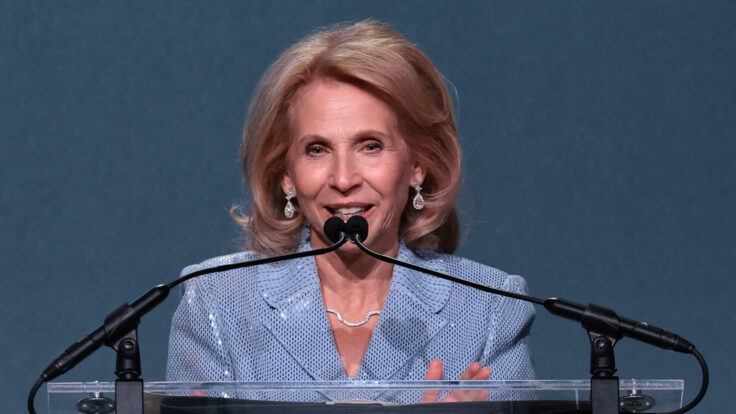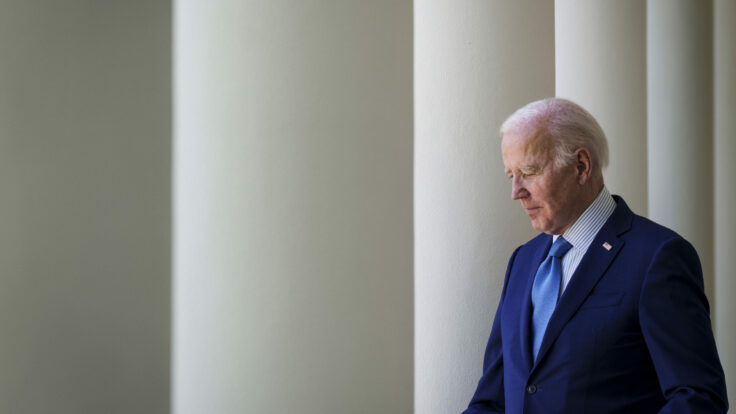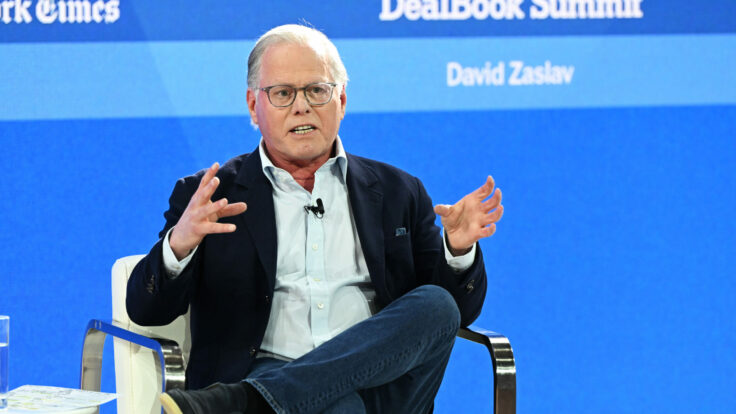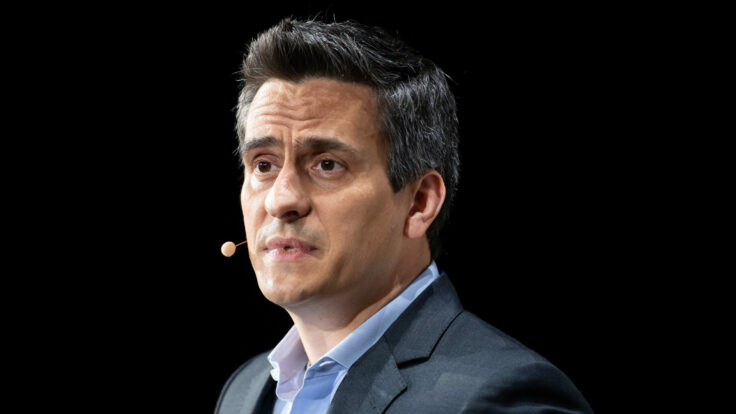Where to begin with Kroger’s acquisition of its rival, Albertsons, for $24.6 billion? It’s pretty clear that the proposed merger of the nation’s two largest supermarket chains will be a major test for Biden’s Justice Department and its antitrust division. It’s also clear that the executives and boards of directors for both Kroger and Albertsons know that there is serious antitrust risk in this deal. They are already trying to position the combination as a bulwark against both Walmart and Amazon as they both continue their encroachment into selling groceries—itself a compelling argument. They have also admitted the combined company will have to divest a bunch of stores where the two companies have overlapping properties, particularly in California and other Western states.
On the one hand, being upfront about the likely Justice Department challenge is good politics. But, on the other hand, do they really think they can get this deal through a Justice Department that is making no secret of its willingness to challenge horizontal mergers? After all, the D.O.J. has already gone to court to block the combination of Penguin Random House (my book publisher) and Simon & Schuster, in order to prevent the Big Five book publishers from becoming a Big Four (we await the judge’s ruling). So how in the world can the two largest supermarket chains in the United States merge to become even bigger and not prompt a similar antitrust challenge?









